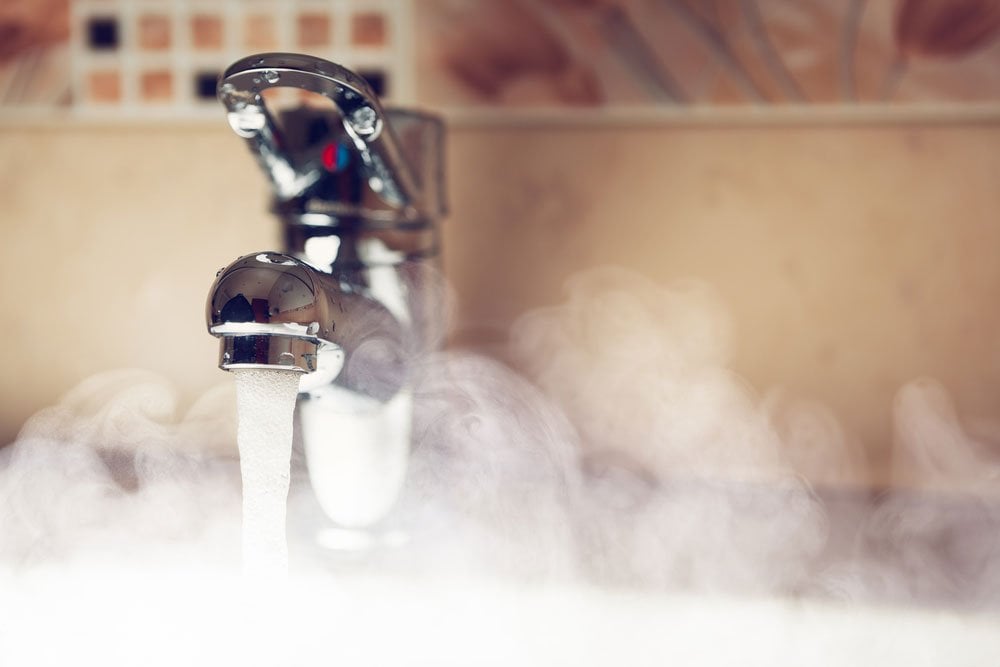How Do I Troubleshoot Common Issues with My Heat Press Machine?
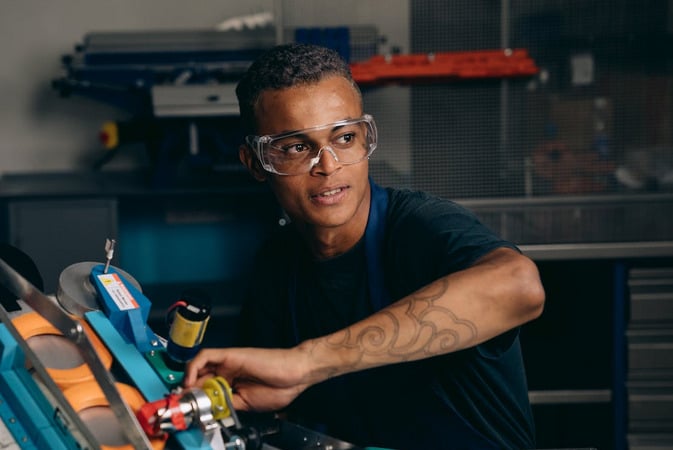
Table of Contents
Heat press machines are essential tools for creating custom apparel and other personalized items. However, like any piece of equipment, they can sometimes encounter issues that disrupt their functionality. Knowing how to troubleshoot common problems can save time and frustration, ensuring your projects stay on track. This comprehensive guide will help you diagnose and fix common issues with your heat press machine.
Understanding the Basics of a Heat Press Machine
Before diving into troubleshooting, it’s essential to understand the basic components of a heat press machine:
- Heat Platen: The heated upper plate that presses against the substrate.
- Lower Platen: The base plate where the substrate is placed.
- Control Panel: Allows you to set and monitor temperature, pressure, and time.
- Pressure Adjustment: Mechanism to adjust the force applied during pressing.
Knowing these components will help you identify where problems might originate.
Common Heat Press Machine Issues and How to Fix Them

1. Uneven Heat Distribution
Symptoms:
- Transfers appear uneven or patchy.
- Some areas of the substrate are not fully pressed.
Causes:
- Heat platen not heating uniformly.
- Faulty heating element.
Troubleshooting Steps:
- Check Heat Distribution: Use a temperature test strip or an infrared thermometer to check if the heat platen is heating evenly.
- Clean the Platen: Dirt and residue can cause uneven heating. Clean the platen with a soft cloth and a mild cleaner.
- Inspect the Heating Element: If the platen is still not heating evenly, the heating element may be faulty and might need replacing. Consult the manufacturer or a professional for repair.
2. Inconsistent Pressure
Symptoms:
- Transfers are not adhering properly.
- Image quality varies across the substrate.
Causes:
- Incorrect pressure settings.
- Misaligned or worn pressure adjustment mechanism.
Troubleshooting Steps:
- Adjust Pressure Settings: Ensure the pressure is set according to the substrate and transfer material specifications.
- Check for Wear and Tear: Inspect the pressure adjustment mechanism for signs of wear or damage. Replace any worn parts if necessary.
- Test Different Substrates: Test the machine on different substrates to identify if the issue persists across all materials.
3. Temperature Fluctuations
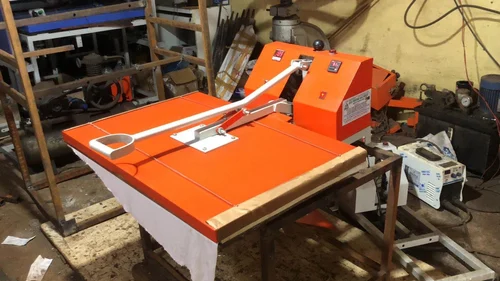
Symptoms:
- The temperature reading on the control panel fluctuates.
- Transfers are undercooked or overcooked.
Causes:
- Faulty thermostat or heating element.
- Electrical issues.
Troubleshooting Steps:
- Verify Temperature Accuracy: Use an external thermometer to verify the temperature reading.
- Inspect the Thermostat: If the temperature fluctuates, the thermostat may be faulty and need replacing.
- Check Electrical Connections: Ensure all electrical connections are secure. Loose connections can cause temperature fluctuations.
- Consult the Manual: Refer to the machine’s manual for specific troubleshooting related to the thermostat and heating element.
4. Timer Malfunctions
Symptoms:
- Timer does not count down correctly.
- Machine does not beep or signal when the timer ends.
Causes:
- Faulty timer or control panel.
- Electrical issues.
Troubleshooting Steps:
- Reset the Timer: Turn off the machine, unplug it, and wait for a few minutes before turning it back on. Reset the timer settings.
- Inspect the Control Panel: Check for any visible damage or loose connections in the control panel.
- Replace the Timer: If the timer is still malfunctioning, it may need to be replaced. Consult the manufacturer for the appropriate replacement part.
5. Poor Transfer Quality
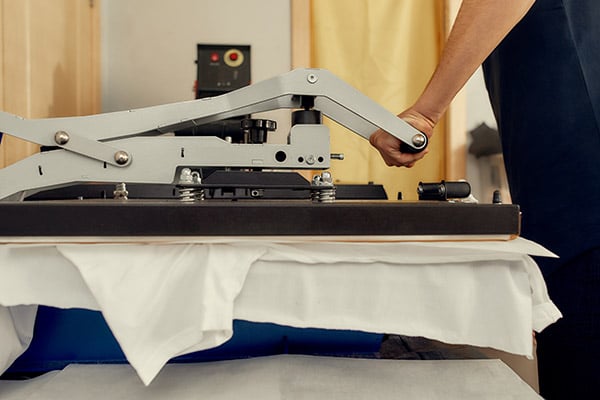
Symptoms:
- Transfers appear faded or blurry.
- Edges are not crisp.
Causes:
- Incorrect temperature, pressure, or time settings.
- Poor quality transfer paper or substrate.
Troubleshooting Steps:
- Review Settings: Double-check the recommended temperature, pressure, and time settings for your specific transfer material and substrate.
- Use Quality Materials: Ensure you are using high-quality transfer paper and substrates designed for heat press use.
- Perform a Test Press: Conduct a test press with a small piece of transfer paper and substrate to fine-tune your settings before pressing the entire design.
6. Machine Not Heating Up
Symptoms:
- Heat platen remains cold.
- Temperature reading does not increase.
Causes:
- Faulty power supply or heating element.
- Blown fuse or tripped circuit breaker.
Troubleshooting Steps:
- Check Power Supply: Ensure the machine is properly plugged in and the outlet is functioning.
- Inspect the Fuse: Check for a blown fuse and replace it if necessary.
- Reset the Circuit Breaker: If the circuit breaker has tripped, reset it and try turning on the machine again.
- Examine the Heating Element: If the machine still does not heat up, the heating element may need to be replaced. Consult the manufacturer for guidance.
7. Stuck or Difficult to Open Heat Platen
Symptoms:
- Heat platen is difficult to lift or lower.
- Machine appears stuck.
Causes:
- Improper lubrication.
- Mechanical obstruction or misalignment.
Troubleshooting Steps:
- Lubricate Moving Parts: Apply a small amount of high-temperature lubricant to the moving parts of the machine.
- Inspect for Obstructions: Check for any objects or debris obstructing the movement of the heat platen.
- Realign the Platen: Ensure the heat platen is properly aligned with the lower platen. Adjust if necessary.
Preventive Maintenance Tips
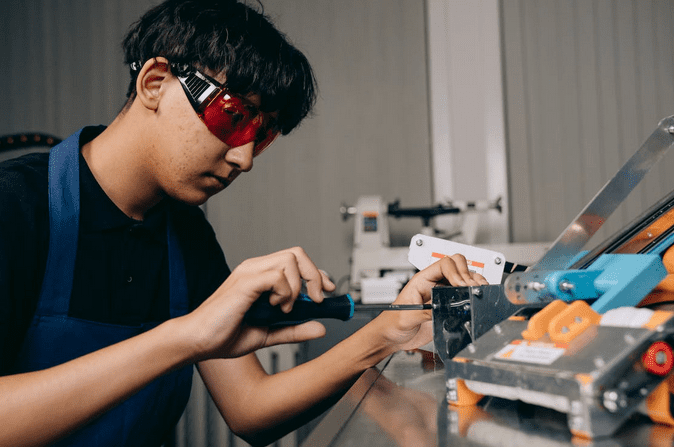
- Regular Cleaning: Clean the heat platen and other parts regularly to prevent buildup of residue.
- Routine Inspections: Conduct regular inspections of electrical connections, heating elements, and mechanical parts.
- Follow Manufacturer Guidelines: Always follow the maintenance and care guidelines provided by the manufacturer.
Conclusion
Troubleshooting common issues with your heat press machine can seem daunting, but with a systematic approach, most problems can be resolved quickly. Regular maintenance and careful operation are key to keeping your machine in optimal condition.
By following this guide, you can ensure your heat press machine continues to produce high-quality results, keeping your projects on track and your creativity flowing. If problems persist, don’t hesitate to consult the manufacturer or a professional technician for further assistance.




